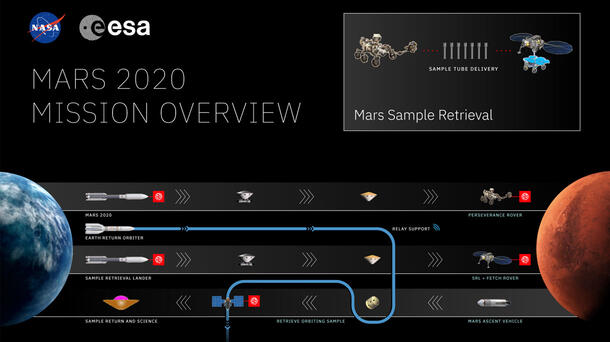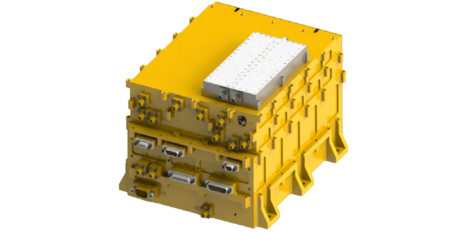The first step in the multi-faceted Mars Sample Return (MSR) campaign is the ongoing Mars 2020 Perseverance mission to gather Martian samples, cache them for collection by a second rover. NASA’s Jet Propulsion Laboratory (JPL) is developing capabilities to return Martian samples to Earth for detailed analysis.
The Mars program incorporates two L3Harris transceivers – the new Universal Space Transponder (UST) located on the Sample Retrieval Lander and the existing Electra transceiver on the Earth Return Orbiter. This technology enables secure transmission of data, video, audio and telemetry information to and from Earth, and relays information to other spacecraft deployed to Mars. Flexible by design, the UST’s multi-band transponder accommodates many mission scenarios where data links are required between two spacecraft.
“Our reliable performance on Mars allows science and engineering teams on Earth to serve in the quest for geologic understanding of the Jezero Crater and evidence of possible ancient life,” said Kristin Houston, President, Electro Optical Sector, L3Harris. “We understand the innovation, dedication and drive needed to provide reliable equipment for unique undertakings like Mars exploration.”
“We manufacture products for reliability and mission success in extreme environments, including space,” said Clayton McClain, General Manager, Space & Sensors Division, L3Harris. “The UST is designed and manufactured to be reliable for years. Our equipment provides NASA’s JPL and European Space Agency with assured communications and years of scientific data.”
Our launch vehicle avionics were part of the successful launch of United Launch Alliance Atlas V rocket July 30, 2020 and our transceivers have sent the images, video and data that aided NASA’s JPL in the historic Ingenuity helicopter flights.
For 20 years, every U.S. Mars rover and orbiting spacecraft mission have used L3Harris transceivers - including the Electra-Lite and Electra that is on both the current Perseverance lander and orbiting spacecraft respectively.
Numerous NASA programs have relied on L3Harris’ high reliability designs and manufacturing expertise and technology – from early spacecraft through the Mercury, Gemini, Apollo, Space Shuttle, International Space Station and previous Mars missions. L3Harris has supported deep space exploration with work on the Hubble Space Telescope and now the James Webb and Nancy Grace Roman space telescopes. In addition, the company supports space-based weather forecasting on U.S. and international satellites and has navigation technology on every U.S. GPS satellite.


